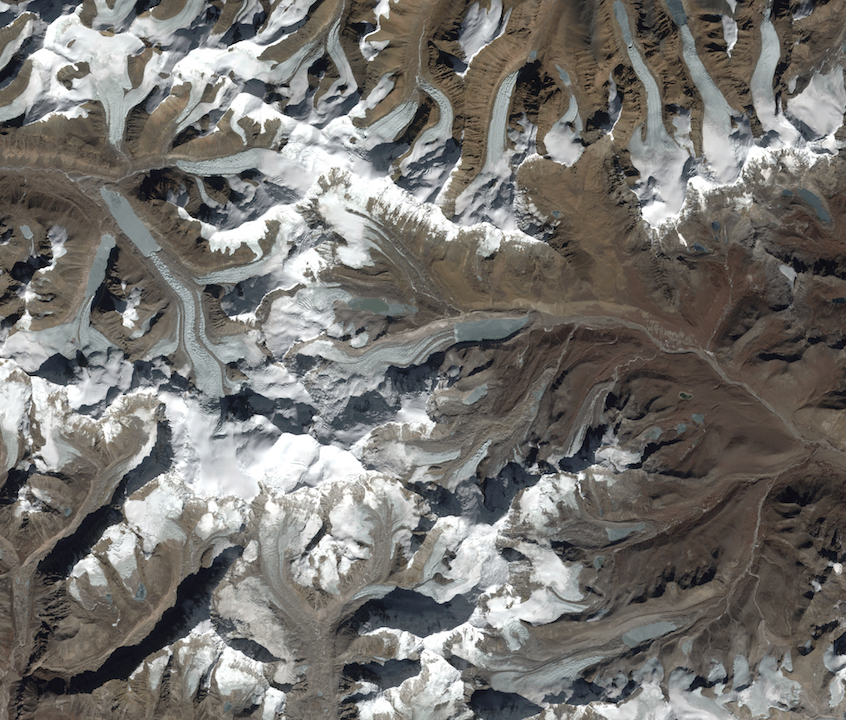
9 trillion tons: The cost of glacial melt over the last 50 years
Melting polar ice is one of the many significant consequences of climate change and our warming world – and it’s one that carries many of its own consequences as well. But while the melting of the polar ice caps is significant, ice loss isn’t only happening in the polar regions. A new study has found that glaciers around the world have lost over 9,000 gigatons (also known as nine trillion tons) of ice since 1961. This has resulted in a sea level rise of 27 mm.
Led by the University of Zurich in Switzerland, an international team used classical geological field observations in tandem with satellite data to calculate how much ice has been gained or lost in 19 difference glacierized regions across the planet. Their study was published in Nature, and states that glaciers lost 9625 gigatons of ice between 1961 and 2016. These losses occurred most heavily in Alaska, as well as glaciers on the edge of the Greenland ice sheet and glaciers in the southern Andes.
One of the interesting finds was that glaciers in southwest Asia actually gained 119 gigatons of ice, but southeast Asia lost 112 gigatons, effectively canceling out its neighbor’s gain.
“Glacier outlines are needed to make precise calculations for the areas in question,” explains co-author Frank Paul. “To date, this information came largely from the US Landsat satellites, the data from which are delivered to European users under ESA’s [European Space Agency] Third Party mission agreement. In the future, the Copernicus Sentinel-2 mission, in particular, will increasingly contribute to the precise monitoring of glacier change.”
The glaciological measurements the researchers made in the field allowed them to determine annual fluctuations in ice loss, while their satellite data provided the ability to determine ice loss over several years or decades.
“While we can now offer clear information about how much ice each region with glaciers has lost, it is also important to note that the rate of loss has increased significantly over the last 30 years,” says research leader Michael Zemp. “We are currently losing a total of 335 billion tonnes of ice a year, corresponding to a rise in sea levels of almost 1 mm per year.”
Although warming ocean water is still the main contributor to sea-level rise, melting glacier ice is the second biggest driver behind our rising seas. “In other words, every single year we are losing about three times the volume of all ice stored in the European Alps, and this accounts for around 30% of the current rate of sea-level rise,” explains Zemp.
Along with sea level rise, melting glaciers also result in less water for the Earth’s population, less hydroelectric power and less water for crops. Glacial melt can also increase the risk of natural hazards such as glacier-lake outburst floods and related debris flows.
“Bearing in mind the socio-economic consequences, the fate of glaciers in a future climate is something ESA views seriously,” says Mark Drinkwater, Senior Advisor on cryosphere and climate at ESA. “It is fundamental that we build upon existing monitoring capabilities using observations from the EC’s Copernicus Sentinel missions, and other ESA and Third Party Mission missions. Their data crucially allow us to build a robust climate perspective to reveal regional and year-to-year fluctuations of glaciers and other parts of the cryosphere such as snow cover, sea ice and ice sheets.”
—
By Connor Ertz, Earth.com Staff Writer
Paid for by Earth.com
Main Image Credit: NASA/USGS/University of Edinburgh/ETH Zurich/contains modified Copernicus Sentinel data (2018)












